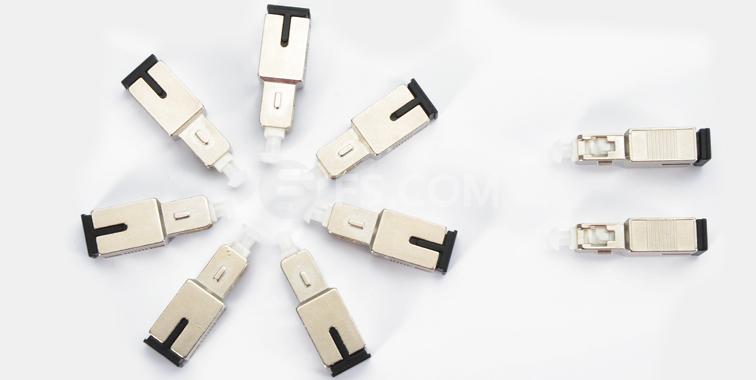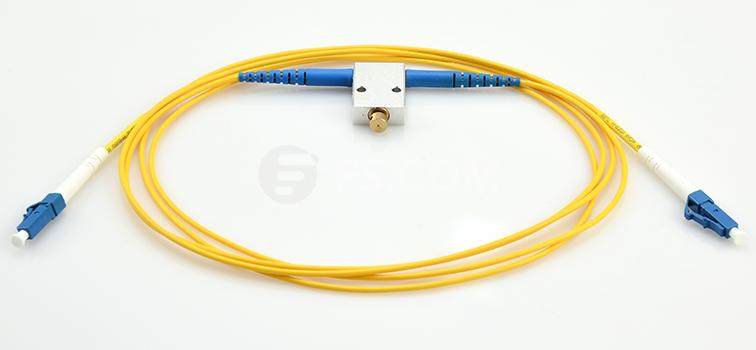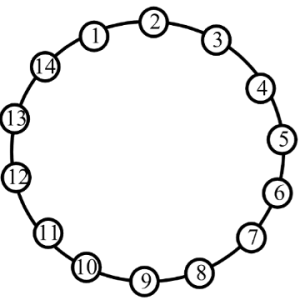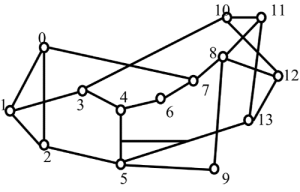It seems to be a commonplace for us to use an amplifier in fiber optic transmission which helps to improve signal electricity. However, it may occur sometimes that there is just too much light delivering through a fiber optic receiver and should better be reduced. In this case, a component known as fiber optic attenuator can help to reduce the power level of the signal. This article will focus on describing the fiber optic attenuator in details from the perspective of its types and applications.
A fiber optic attenuator, generally known as optical attenuator, is a passive device used to reduce the power level of an optical signal. It can be adopted in both free space and in an optical fiber. Besides, to employ a fiber optic attenuator in single-mode long-haul application contributes to decreasing the chance of optical overload at the receiver.
By means of absorption, reflection, diffusion, scattering, deflection, diffraction and dispersion, etc, the fiber optic attenuator works efficiently to reduce the power of the signal. Optical attenuators usually function by absorbing the light, that resembles sunglasses absorb extra light energy. There exists a working wavelength range in which they absorb the light energy equally. They should not reflect the light since that could cause unwanted back reflection in the fiber system.
There are a number of different forms of fiber optic attenuators by various classified methods, but basically, fixed attenuators and variable attenuators serve as the most common types that we can find in the market.
Fixed attenuator, as the name of which has indicated clearly, is designed to have an unchanging level of attenuation. It can theoretically be designed to provide any amount of attenuation that is desired. Fixed attenuator are typically used for single-mode applications and it consists of two groups: in-line type and connector type. In-line type appears like an ordinary fiber patch cable with a fiber terminated by two connectors. Connector type attenuator looks like a bulk head fiber connector, which has a male end and a female end as well. Fixed attenuator mates to regular connectors of the identical type such as FC, ST, SC and LC. The picture below shows a fixed male-female-SC/UPC SM 10dB fiber optic attenuator.

Variable optical attenuators generally use a variable neutral density filter. It has advantages of being stable, wavelength insensitive, mode insensitive, and offering a large dynamic range. Variable optical attenuator is generally used for testing and measurement, but it is also widely adopted in EDFAs (Erbium-Doped Fiber Amplifier) for equalizing the light power among different channels. Basically, there are two types of variable attenuators: stepwise variable attenuator and continuously variable attenuator. Stepwise variable attenuator can change the attenuation of the single in known steps such as 0.1 dB, 0.5 dB or 1 dB. Continuously variable attenuator produces precise level of attenuation with flexible adjustment. Thus, operators are able to adjust the attenuator to accommodate the changes required quickly and precisely without any interruption to the circuit. The following picture shows LC/UPC to LC/UPC variable fiber optic VOA in-line attenuator 0-60 dB.

Fiber optic attenuator can be used to test power levels margins by temporarily adding a calibrated amount of signal loss. Besides, it is often installed permanently to properly match transmitter and receiver levels. And the sharp bends stress optic fibers and can cause losses.
From what we introduced above, you may have had a better understanding of the basic elements related to fiber optic attenuators. As an essential device in fiber optic transmission, it plays an indispensable role in controlling the power level of the optical signal. Those basic knowledge mentioned above may help provide a guideline to select the right fiber optic attenuator that matches the required applications precisely.


 Ring WDM networks implementing communication between two fixed points are very well established technology, in particular, for carrying SONET over the WDM. Such simple networks with fixed WDM lighpaths happen to be analyzed in many detail. Fairly detailed first principle models for transmission power dynamics exist for such networks. These models are implemented in industrial software allowing engineering design calculations and dynamical simulation of these networks. Such models could possibly have very high fidelity, but their setup, tuning (model parameter identification) and exhaustive simulations covering a variety of transmission regimes are potentially very labor intensive. Adding description of new network components to such model could need a major effort.
Ring WDM networks implementing communication between two fixed points are very well established technology, in particular, for carrying SONET over the WDM. Such simple networks with fixed WDM lighpaths happen to be analyzed in many detail. Fairly detailed first principle models for transmission power dynamics exist for such networks. These models are implemented in industrial software allowing engineering design calculations and dynamical simulation of these networks. Such models could possibly have very high fidelity, but their setup, tuning (model parameter identification) and exhaustive simulations covering a variety of transmission regimes are potentially very labor intensive. Adding description of new network components to such model could need a major effort. The problems with detailed first principle models is going to be greatly exacerbated for future Mesh WDM networks. The near future core optical networks will be transparent to wavelength signals on a physical layer. In such network, each wavelength signal travels through the optical core between electronic IP routers around the optical network edge using the information contents unchanged. The signal power is attenuated in the passive network elements and boosted by the optical amplifiers. The lightpaths is going to be dynamically provisioned by Optical Cross-Connects (OXCs), routers, or switches independently on the underlying protocol for data transmission. Such network is basically a circuit switched network. It might experience complex transient processes of the average transmission power for every wavelength signal at the event of the lightpath add, drop, or re-routing. A mix of the signal propagation delay and channel cross-coupling might result in the transmission power disturbances propagating across the network in closed loops and causing stamina oscillations. Such oscillations were observed experimentally. Additionally, the transmission power and amplifier gain transients could be excited by changes in the average signal power because of the network traffic burstliness. If for some period of time the wavelength channel bandwidth is not fully utilized, this could result in a loss of the average power (average temporal density of the transmitted information pulses).
The problems with detailed first principle models is going to be greatly exacerbated for future Mesh WDM networks. The near future core optical networks will be transparent to wavelength signals on a physical layer. In such network, each wavelength signal travels through the optical core between electronic IP routers around the optical network edge using the information contents unchanged. The signal power is attenuated in the passive network elements and boosted by the optical amplifiers. The lightpaths is going to be dynamically provisioned by Optical Cross-Connects (OXCs), routers, or switches independently on the underlying protocol for data transmission. Such network is basically a circuit switched network. It might experience complex transient processes of the average transmission power for every wavelength signal at the event of the lightpath add, drop, or re-routing. A mix of the signal propagation delay and channel cross-coupling might result in the transmission power disturbances propagating across the network in closed loops and causing stamina oscillations. Such oscillations were observed experimentally. Additionally, the transmission power and amplifier gain transients could be excited by changes in the average signal power because of the network traffic burstliness. If for some period of time the wavelength channel bandwidth is not fully utilized, this could result in a loss of the average power (average temporal density of the transmitted information pulses).